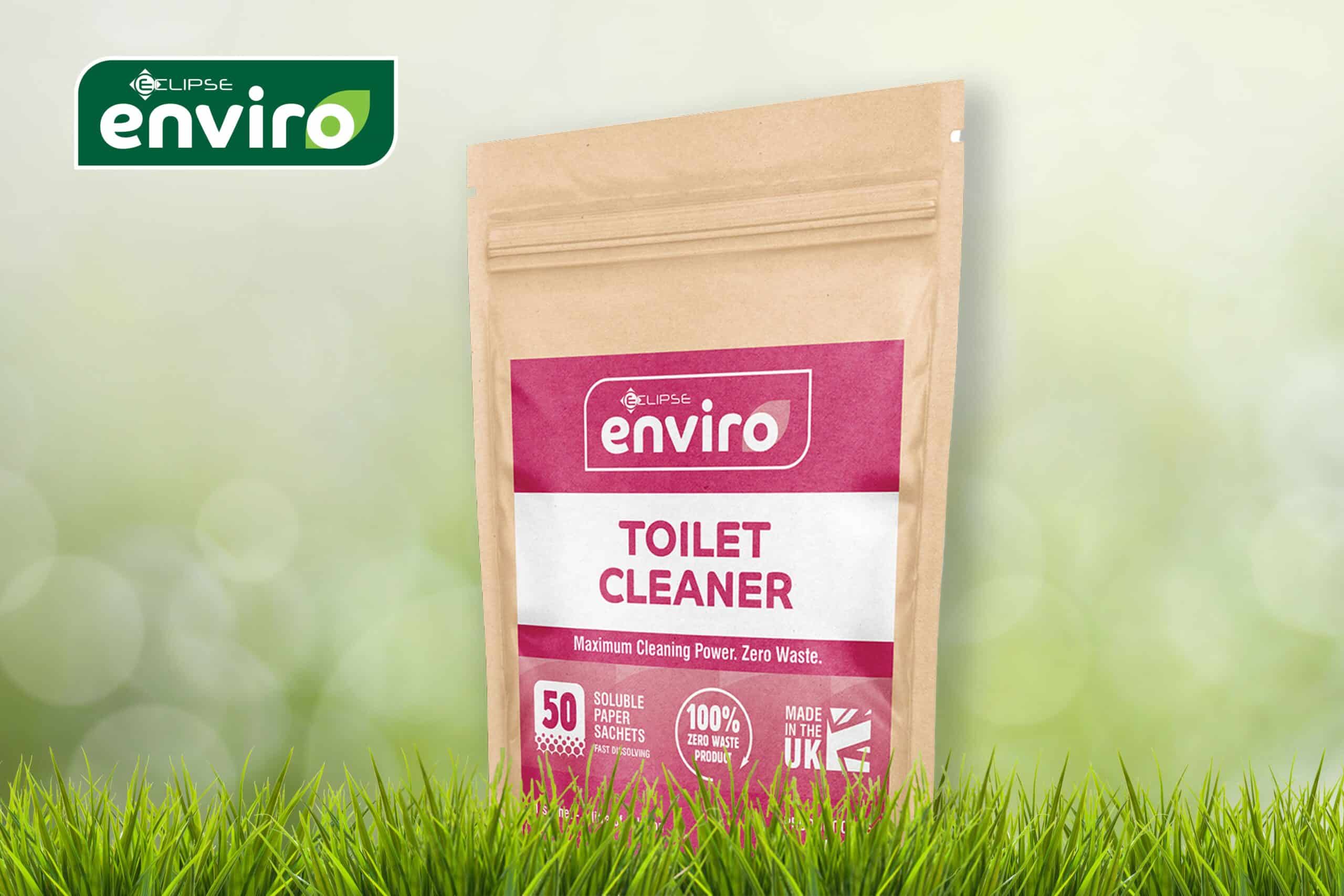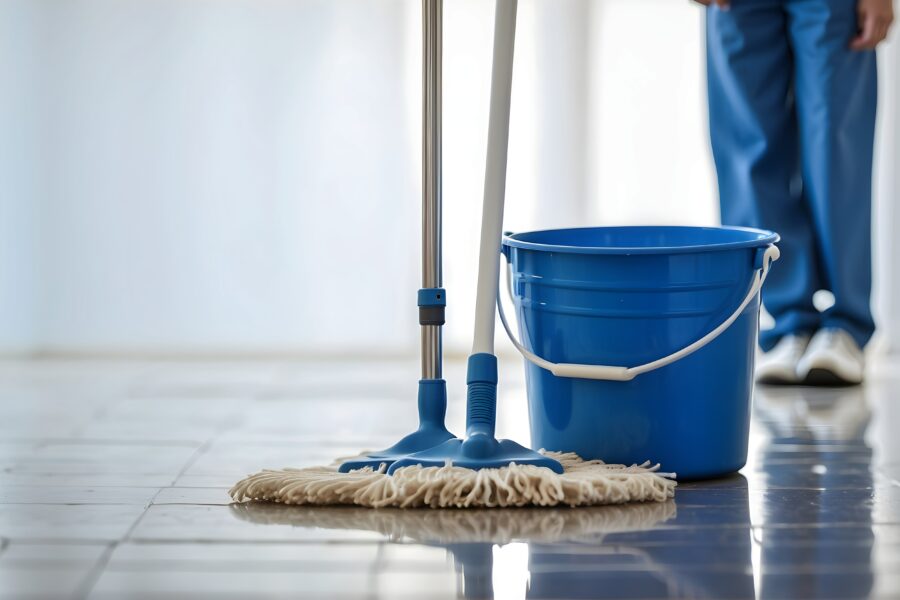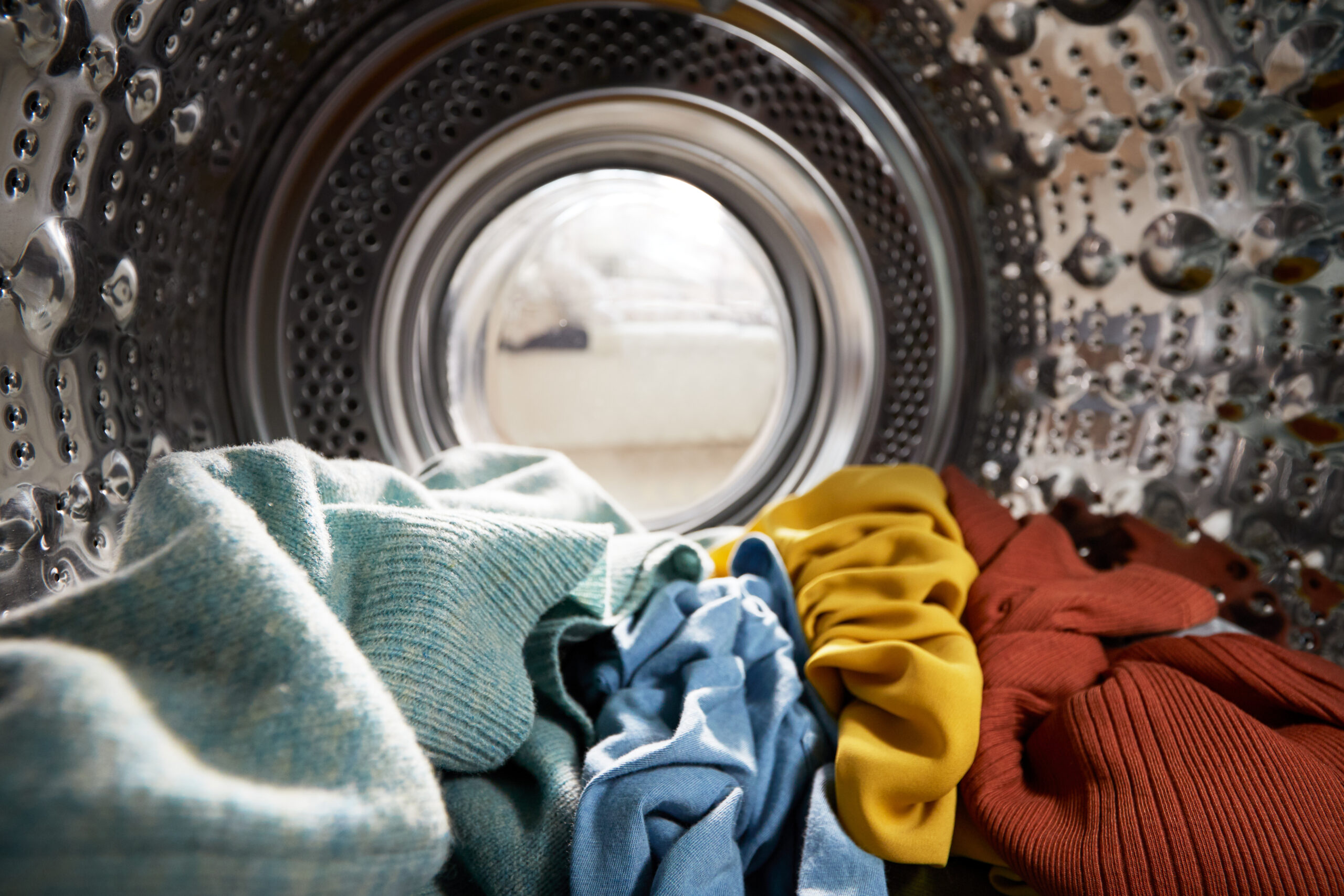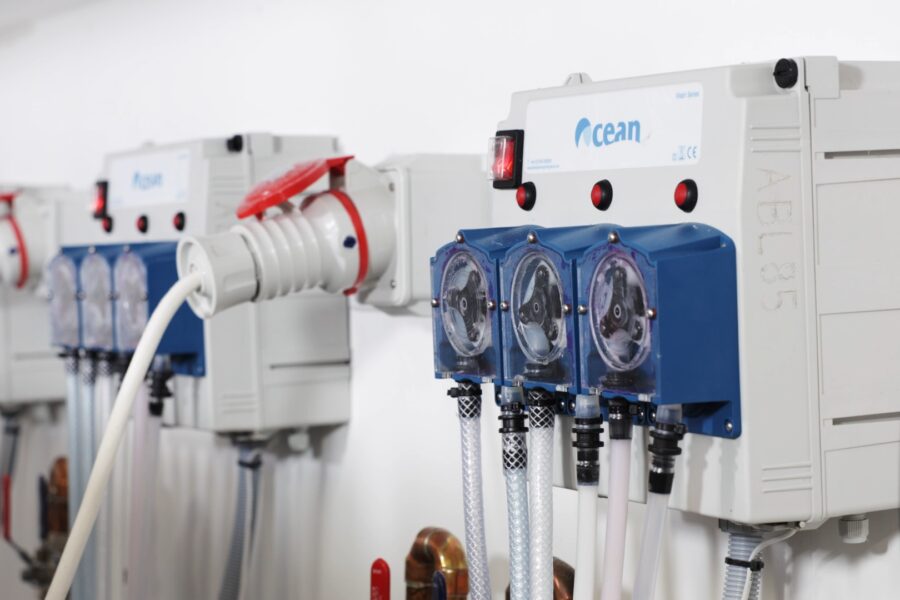In today’s world, more people than ever are seeking safer, more sustainable ways to clean their homes. As awareness grows around harmful chemicals and environmental impact, eco-friendly cleaners have stepped into the spotlight. But are they really effective? And how do they compare to traditional products? Let’s explore what makes these products different — and why they’re worth switching to.
What Makes a Cleaner Eco-Friendly?
To understand what defines an eco-friendly cleaner, start by looking at the ingredients. These products typically avoid harsh chemicals such as ammonia, chlorine bleach, and synthetic fragrances. Instead, they rely on plant-based, biodegradable ingredients that break down safely in the environment. Many also come in recyclable packaging and are not tested on animals — a win for sustainability and ethics.
Another key factor is indoor air quality. Conventional products often release volatile organic compounds (VOCs), which can trigger allergies and asthma. Eco-friendly cleaners, by contrast, emit little or no VOCs, making them safer for homes with children, pets, or care home residents.
To take it a step further, consider using Enviro sachets — concentrated cleaning capsules that reduce plastic use and packaging waste. Simply drop one in a reusable bottle, add water, and you’re ready to clean with confidence.
Is There an Eco-Friendly Disinfectant?
Yes — there are several effective, eco-certified disinfectants available. Ingredients such as hydrogen peroxide, citric acid, and thymol (derived from thyme oil) offer excellent antimicrobial action without harmful residues. Look for products that are certified by ECOCERT, the EU Ecolabel, or the EPA Safer Choice list.
If you’re after something that’s both eco-friendly and proven to kill viruses and bacteria, take a look at the Enviro Virucidal Disinfectant Sachets. They’re powerful enough for high-risk areas like care homes and healthcare settings, yet designed to reduce plastic waste and environmental impact. Just like other sachets in the Enviro range, they’re compact, easy to store, and reduce single-use packaging.
To make these even more sustainable, pair them with a recycled refillable Enviro spray bottle. These bottles are designed for long-term reuse, making them ideal for both home and professional cleaning teams aiming to reduce single-use plastics.
What Is the Best Chemical-Free Cleaner?
While technically all substances are chemicals, the term “chemical-free” usually refers to products without harsh synthetics. Many people turn to simple, natural ingredients like white vinegar, baking soda, and lemon juice for day-to-day cleaning. These basics are surprisingly powerful for tackling limescale, soap scum, and even light mould.
However, if you want the convenience of ready-to-use products, Enviro sachets offer a perfect balance of natural ingredients, performance, and reduced waste — and they’re already widely used in healthcare and care home environments.
What Are the Disadvantages of Green Cleaning Products?
Green cleaning products have many advantages, but they aren’t flawless. For one, some may come at a slightly higher cost due to premium ingredients and eco-packaging. However, switching to concentrated sachets and refills can help control costs over time.
Another issue is perceived strength. While early green products may have underperformed, modern formulas — especially those using bio-based surfactants — are now on par with their chemical-heavy counterparts.
Are Plant-Based Cleaners Effective?
Absolutely. Thanks to advances in green chemistry, plant-based cleaners are now highly effective at breaking down grease, grime, and bacteria. Ingredients derived from coconut, sugarcane, and citrus oils are widely used and proven to be just as powerful as synthetic cleaners — without the associated risks.
What Is the Most Environmentally Friendly Way to Clean?
Truly sustainable cleaning goes beyond choosing eco-friendly cleaners. For maximum impact, consider:
-
Using concentrated sachets and refill bottles to reduce packaging waste
-
Opting for cold water cleaning where possible
-
Switching to microfibre cloths and reusable tools
-
Minimising overuse of products
Finally, if you want personalised guidance, don’t miss our free eco consultation. We’ll help you identify simple, effective ways to green your cleaning practices — whether you’re managing a care home, office, or domestic space.
Eco-Friendly Cleaners FAQs
What’s the difference between eco-friendly and regular cleaning products?
Eco-friendly cleaners use biodegradable, non-toxic ingredients and avoid harmful substances like ammonia, bleach, and phosphates. They’re safer for people, pets, and the planet — while still delivering strong results.
Can eco-friendly disinfectants still kill viruses and bacteria?
Absolutely. Many use active ingredients like hydrogen peroxide or thymol, which are proven to kill bacteria and viruses effectively — including in care settings. Try our Enviro virucidal disinfectant sachets for a reliable option.
How do eco cleaning sachets work?
Eco sachets are concentrated cleaning pods. Simply drop one into a reusable bottle, add water, and shake. They're cost-effective, reduce plastic waste, and are ideal for care home cleaning routines. View our full Enviro sachets range.
Are eco-friendly cleaners safe to use around vulnerable residents?
Yes. Most eco cleaners avoid irritants and VOCs, making them safer for use around people with allergies, respiratory issues, or other sensitivities — perfect for care home environments.
Can I use refillable bottles with eco cleaners?
Definitely. In fact, using recycled refillable bottles is one of the best ways to cut down on single-use plastic and keep your cleaning setup more sustainable.






